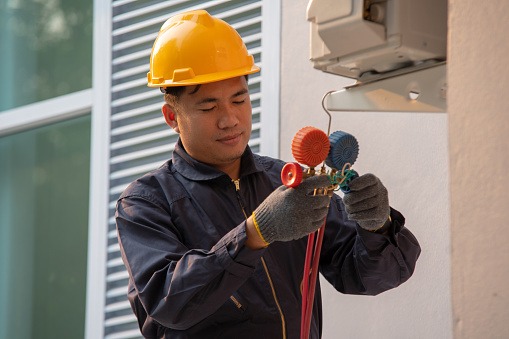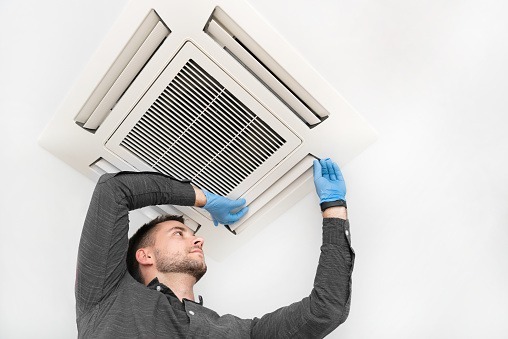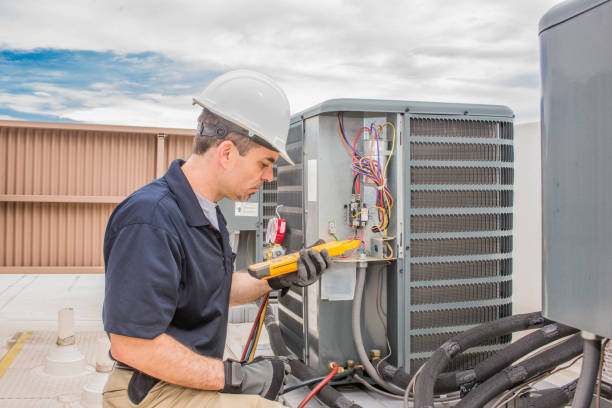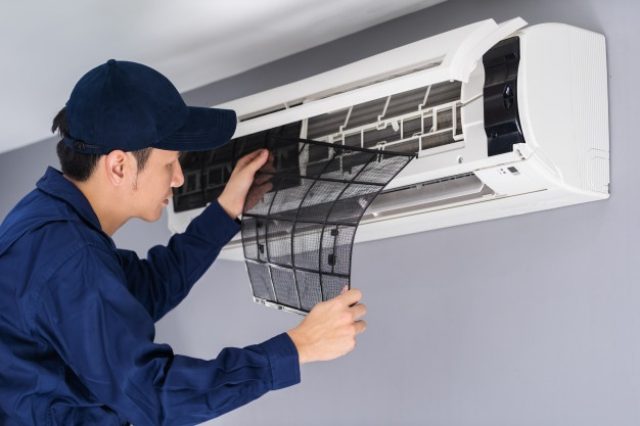Balancing Natural Ventilation with Air Conditioning
Introduction:
In the pursuit of creating sustainable and comfortable indoor environments, the integration of natural ventilation and air conditioning has become a crucial consideration. Striking the right balance between these two methods can lead to improved energy efficiency, reduced environmental impact, and enhanced occupant comfort.
Understanding Natural Ventilation:
Natural ventilation involves the use of outdoor air to cool and ventilate indoor spaces without the need for mechanical systems. It relies on the principles of wind and temperature differences to facilitate the exchange of indoor and outdoor air. Properly designed openings, such as windows and vents, play a vital role in harnessing natural ventilation effectively.
Benefits of Natural Ventilation:
- Energy Efficiency: Natural ventilation reduces the dependency on mechanical cooling systems, thereby lowering energy consumption and operational costs.
- Improved Indoor Air Quality: The continuous flow of fresh air helps dilute indoor pollutants, contributing to a healthier indoor environment.
- Connection with Nature: Occupants often prefer spaces with access to natural ventilation, fostering a sense of connection with the outdoors.
The Role of Air Conditioning:
While natural ventilation is advantageous, there are scenarios where it may not suffice. Here, air conditioning steps in to provide precise control over indoor temperature and humidity. Modern HVAC systems are designed to operate efficiently, ensuring comfort even in extreme weather conditions.
Integration for Optimal Results:
- Smart Building Design: Architects and engineers play a crucial role in designing spaces that maximize the benefits of natural ventilation, strategically placing openings to capture prevailing winds.
- Sensor Technology: Integrating sensors can enable smart HVAC systems to assess indoor conditions and automatically adjust the ventilation and cooling settings for optimal comfort and energy efficiency.
Challenges and Solutions:
- Variable Climate Conditions: Natural ventilation effectiveness can vary with changing weather conditions. Employing automated systems that seamlessly transition between natural and mechanical ventilation can address this challenge.
- Occupant Preferences: Balancing the preferences of occupants who may have different comfort requirements can be achieved through zonal control and personalized HVAC settings.
Sustainable Design Practices: Incorporating natural ventilation into sustainable building design is a key aspect of the green building movement. By utilizing passive design strategies, such as the strategic placement of windows, skylights, and vents, architects can optimize natural airflow. Additionally, the use of materials with high thermal mass can help regulate indoor temperatures, reducing the reliance on active cooling systems.
Energy-Efficient Technologies: Advancements in technology have given rise to energy-efficient HVAC systems that complement natural ventilation. Variable refrigerant flow (VRF) systems, for instance, provide zonal control, allowing different areas of a building to be conditioned based on specific needs. This minimizes energy wastage and ensures that resources are allocated efficiently.
Adapting to Local Climates: Considering the local climate is pivotal in determining the most effective balance between natural ventilation and air conditioning. In temperate climates, relying more on natural ventilation during moderate seasons can significantly reduce energy consumption. In contrast, in extreme climates, a hybrid approach may be necessary, combining both methods for optimal comfort and energy efficiency.
Economic Considerations: While investing in sustainable building practices may incur initial costs, the long-term benefits often outweigh these expenses. Energy savings, reduced operational costs, and potential incentives for green building certifications contribute to the economic viability of integrating natural ventilation with air conditioning.
Occupant Well-being: The health and well-being of building occupants are paramount. Properly designed natural ventilation not only improves indoor air quality but also enhances the overall comfort and productivity of individuals within the space. The integration of air conditioning ensures that comfort levels are maintained consistently, addressing the diverse needs of occupants.
Government Initiatives and Regulations: Governments worldwide are recognizing the importance of sustainable practices in construction and are implementing regulations and incentives to encourage builders to adopt eco-friendly designs. Staying informed about these regulations can not only ensure compliance but also open up opportunities for financial benefits and positive public perception.
Case Studies: Examining successful case studies of buildings that effectively combine natural ventilation with air conditioning can provide valuable insights. Analyzing these examples can offer practical solutions, highlight potential challenges, and showcase the positive impact on energy consumption and occupant satisfaction.
Continuous Monitoring and Adaptation: The dynamic nature of environmental conditions and occupant preferences necessitates continuous monitoring and adaptation. Utilizing building management systems that collect and analyze data on indoor conditions allows for real-time adjustments, ensuring that the chosen ventilation and cooling strategies remain effective over time.
Conclusion:
In the ever-evolving landscape of sustainable construction, the integration of natural ventilation with air conditioning stands as a beacon of innovation. By embracing this approach, not only can we create buildings that respect the environment, but we can also foster spaces that prioritize the well-being and satisfaction of those who inhabit them. Striking the right balance between these two methods is not just a design choice; it is a commitment to a more sustainable and comfortable future.





